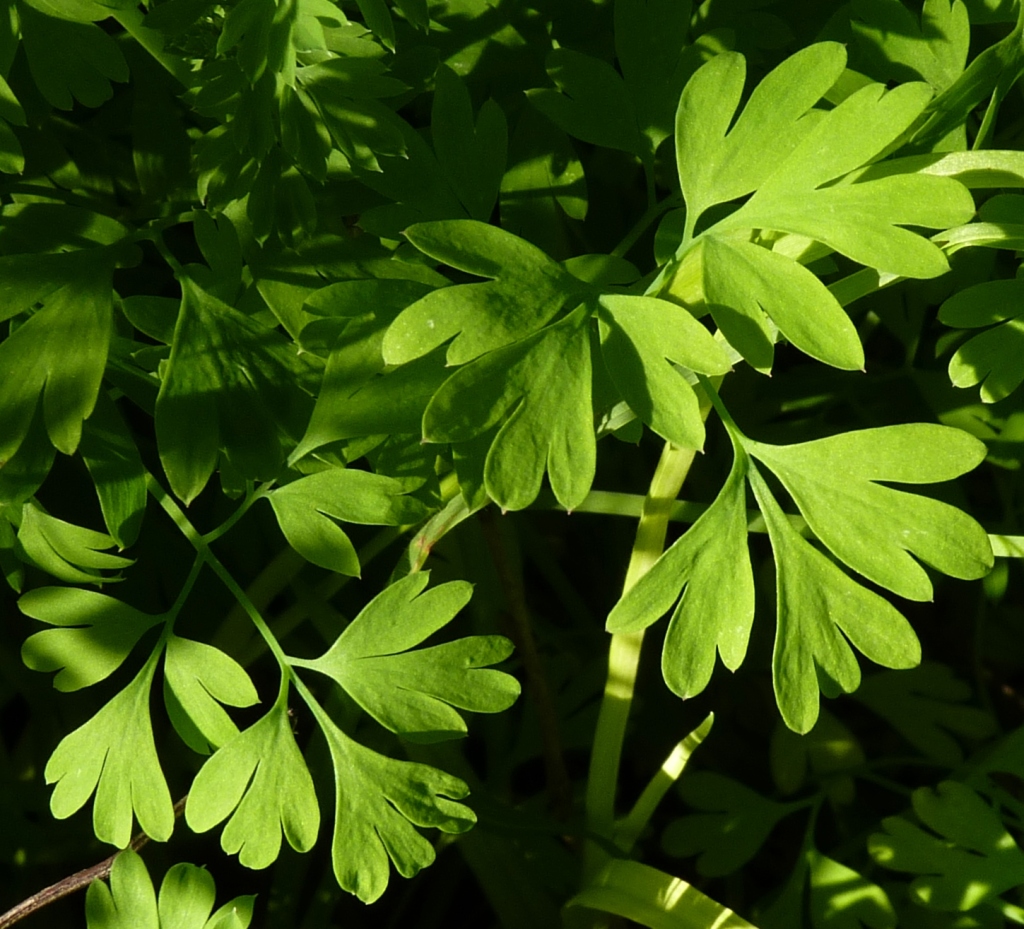Fumaria capreolata
L. White FumitoryDiffuse to weakly climbing, often glaucous herb. Largest ultimate segments of leaves often more than 5 mm long and 2 mm wide. Raceme shorter than or subequal to the peduncle; bracts half to as long as pedicels; pedicels usually strongly recurved in late flower and fruit; sepals ovate, 4–6 mm long, 2.5–4 mm wide, obscurely to distinctly dentate, peltately attached; corolla 10–14 mm long, white or flushed pink, with the upper and inner petals blackish-red at the apex. Fruit obtuse to truncate at apex, rounded at base, 2–2.5 mm long and wide, obscurely keeled, smooth, or slightly tuberculate toward the keel with small, rounded apical pits. Flowers mostly Sep.–Nov.
LoM, MuM, Wim, GleP, VVP, VRiv, MSB, RobP, MuF, GipP, OtP, WaP, Gold, CVU, GGr, DunT, HSF. Also naturalised WA, SA, Qld, NSW. Native to the Mediterranean region and southwest Europe. Moderately common in warmer, drier areas of the state and mostly on sandy or rocky soils near settlements.
Shade forms are fewer-flowered with the fruiting pedicels less recurved, sepals narrower and subentire and the flowers slightly smaller than typical.
Walsh, N.G. (1996). Fumariaceae. In: Walsh, N.G.; Entwisle, T.J., Flora of Victoria Vol. 3, Dicotyledons Winteraceae to Myrtaceae, pp. 73–78. Inkata Press, Melbourne.
 Spinning
Spinning




